By Louise Irvine
The first week of August is International Clown Week, and we are honoring the profession that makes us laugh by revisiting their antics in the WMODA collection. It takes all kinds of humor to brighten up our lives, and there are many different types of clowns, including Classic, Auguste and Tramps. They all must be witty, creative, and full of energy to be successful on the stage or under the Big Top.
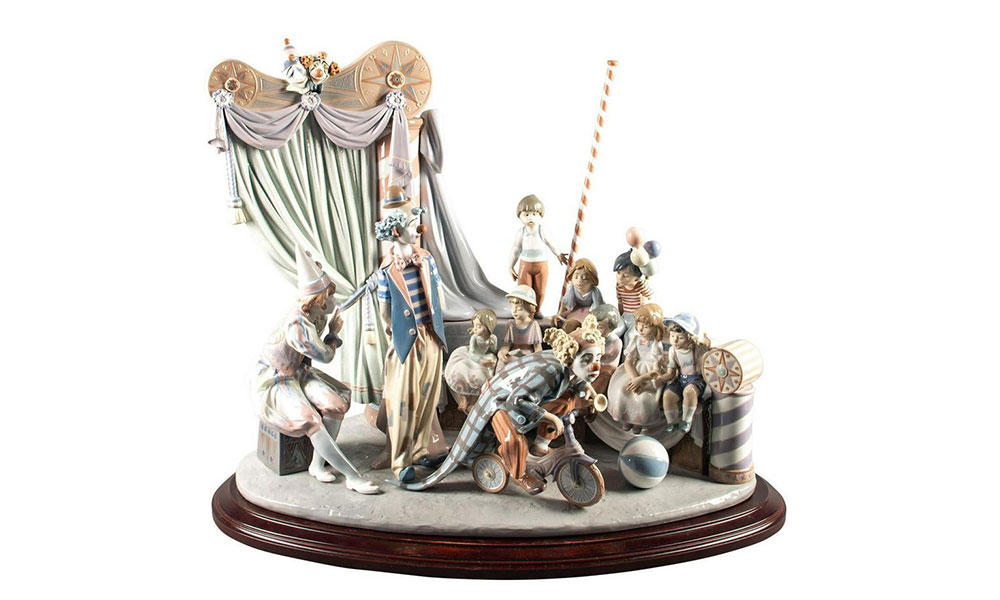
Lladro Circus Time

Lladro Circus Time Detail
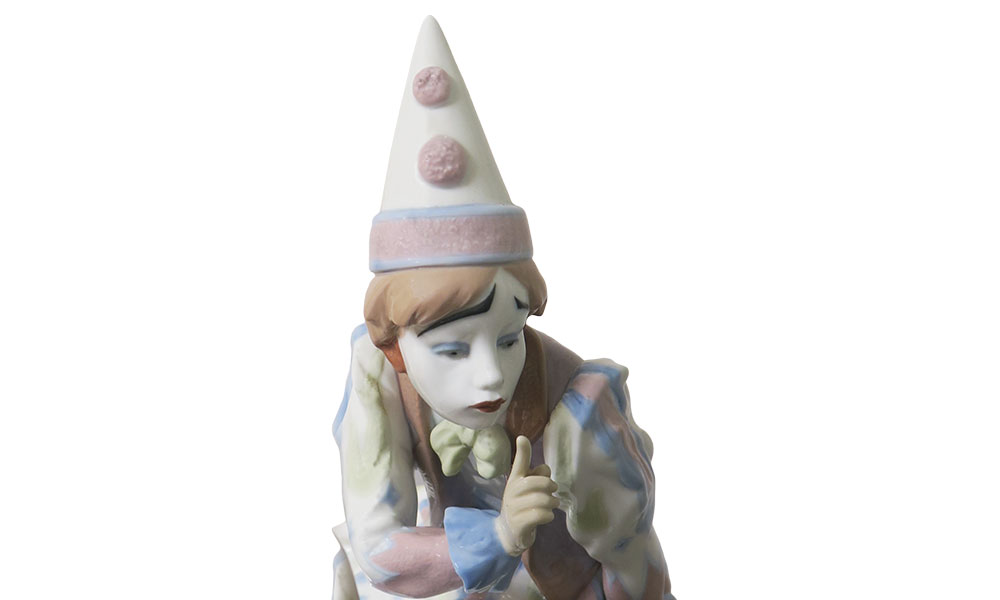
Lladro Circus Time Detail
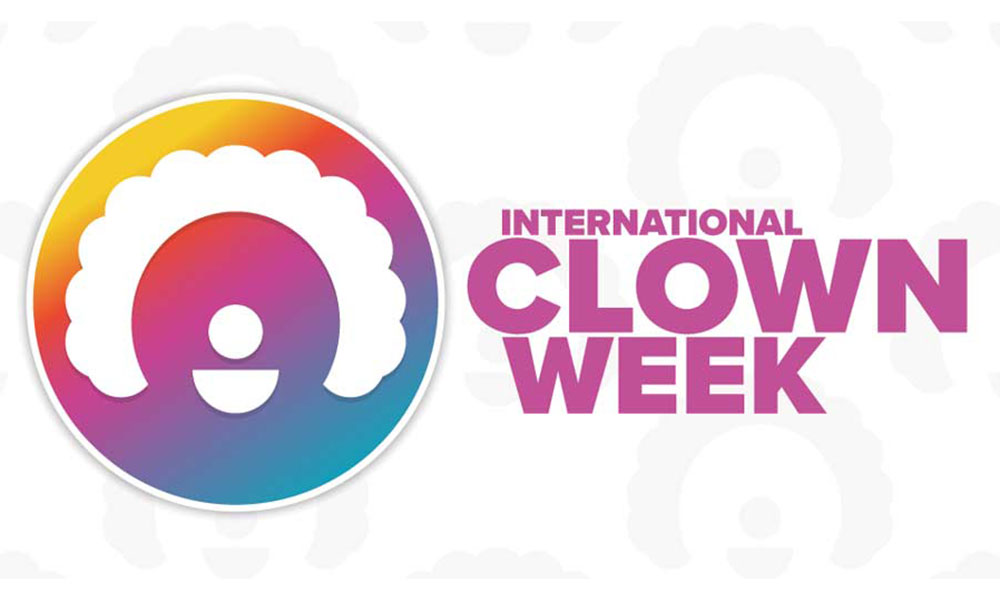
International Clown Week
The Lladró’s company has a long tradition of making clown figurines in the City of Porcelain, near Valencia, Spain. More than 50 clowns are currently in production, and avid collectors have great fun amassing their “trunk loads” of clowns to use one of the collective terms. Lladró’s Circus Time is the largest clown piece in the museum collection. It features an elegant Classic clown gesturing to the children to keep quiet and not let the cycling clown know that his partner is standing on his coattails.
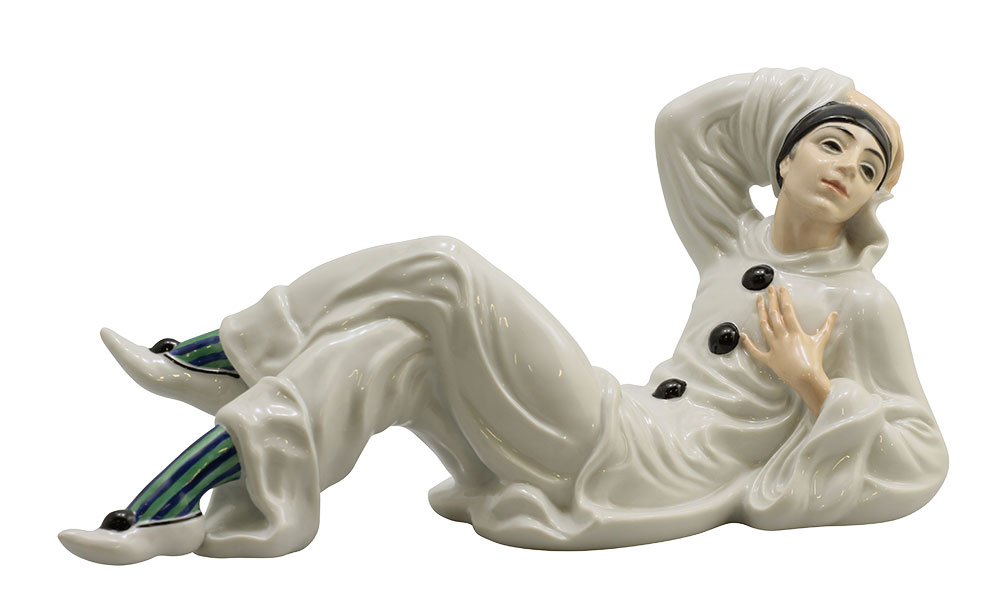
Rosenthal Pierrot
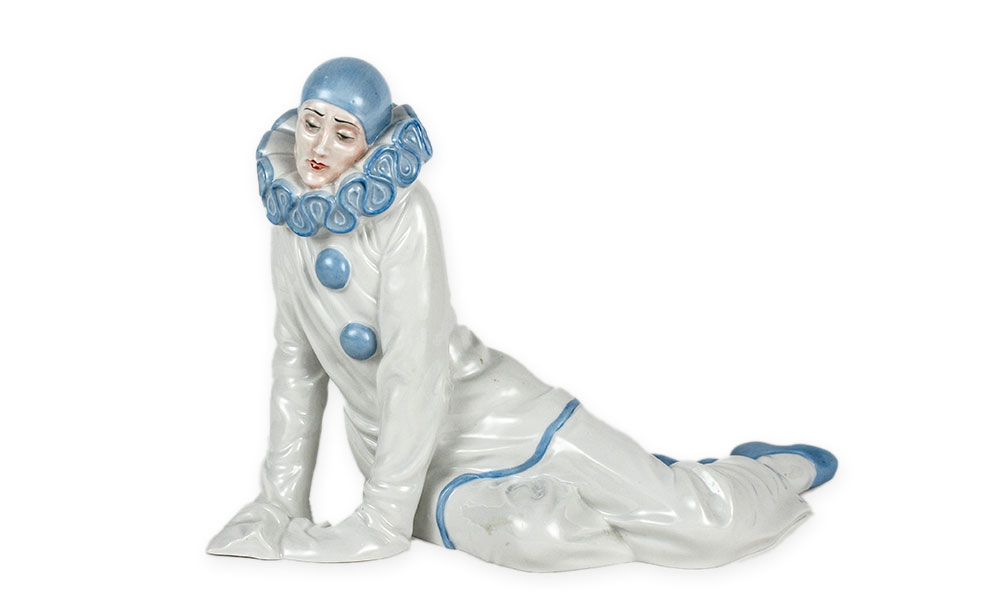
Rosenthal Pierrot
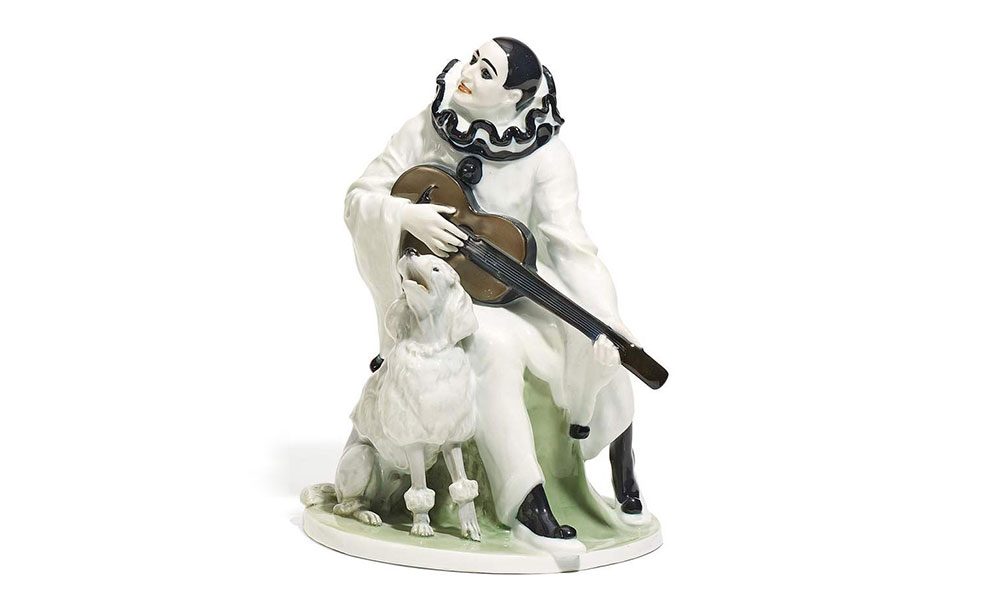
Rosenthal Duet

Karl Ens Acrobatic Clown
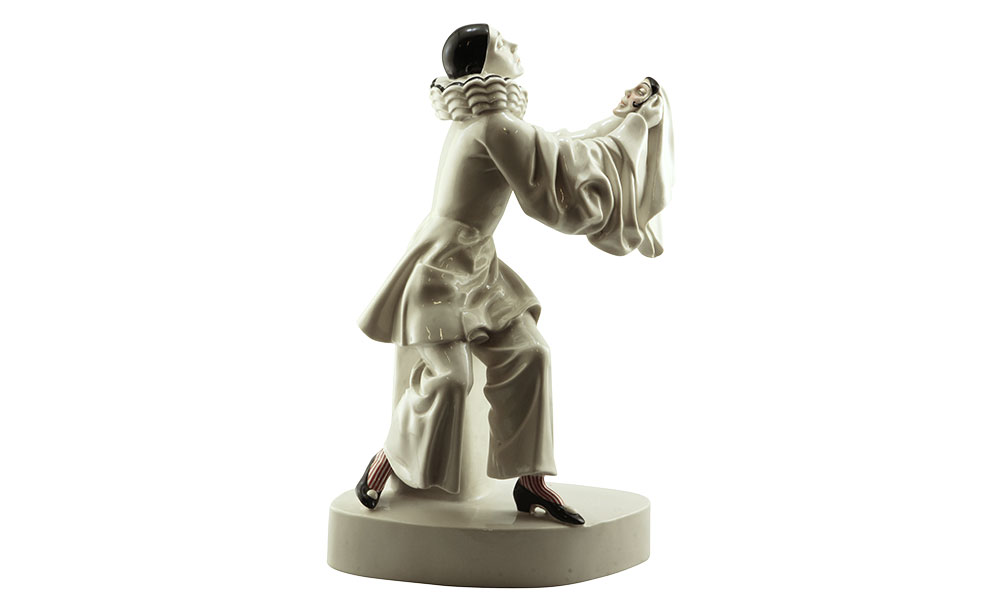
Schwarzburger Pierrot
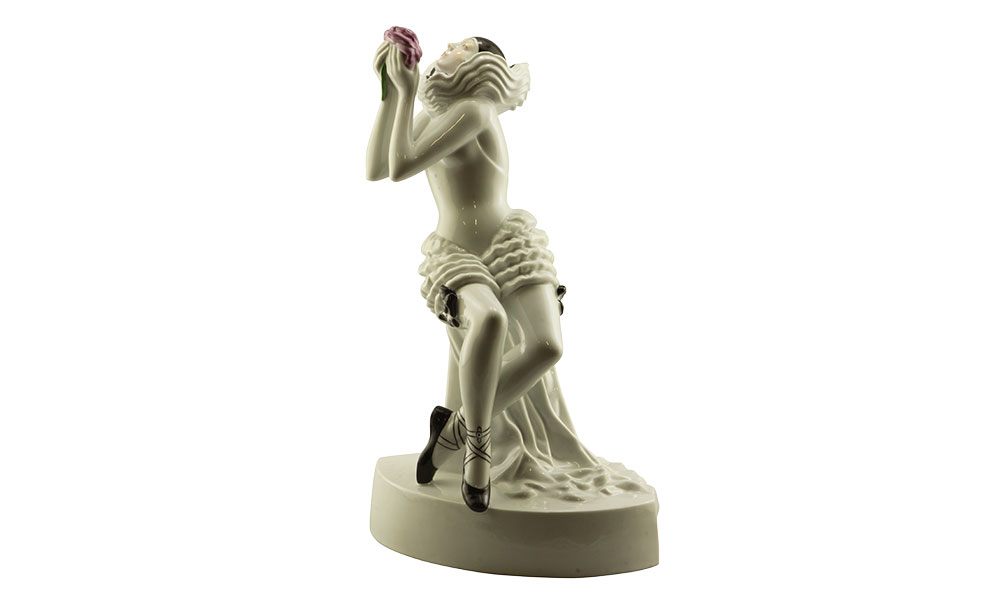
Schwarzburger Pierrette
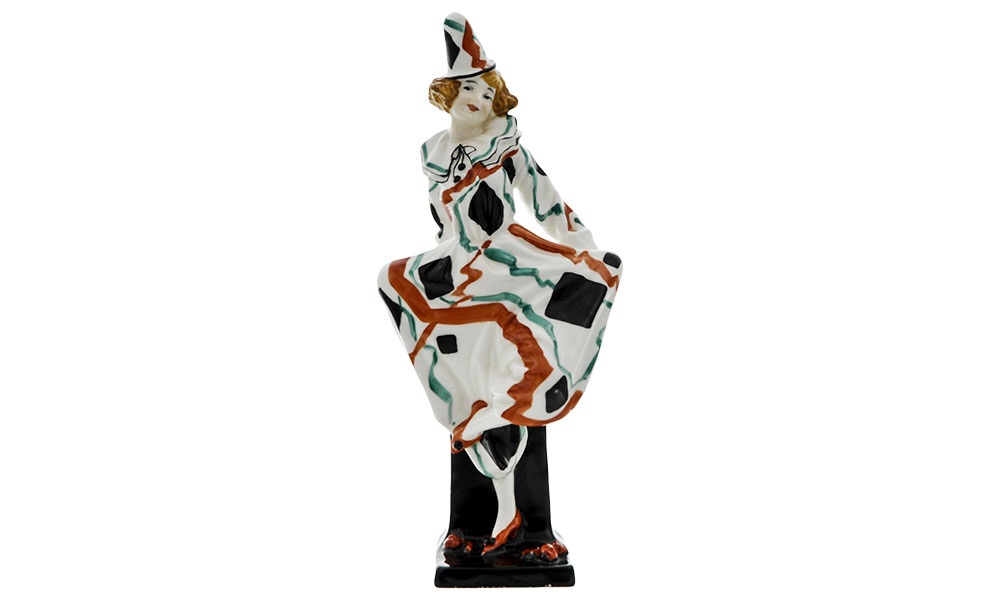
Royal Doulton Lady Clown
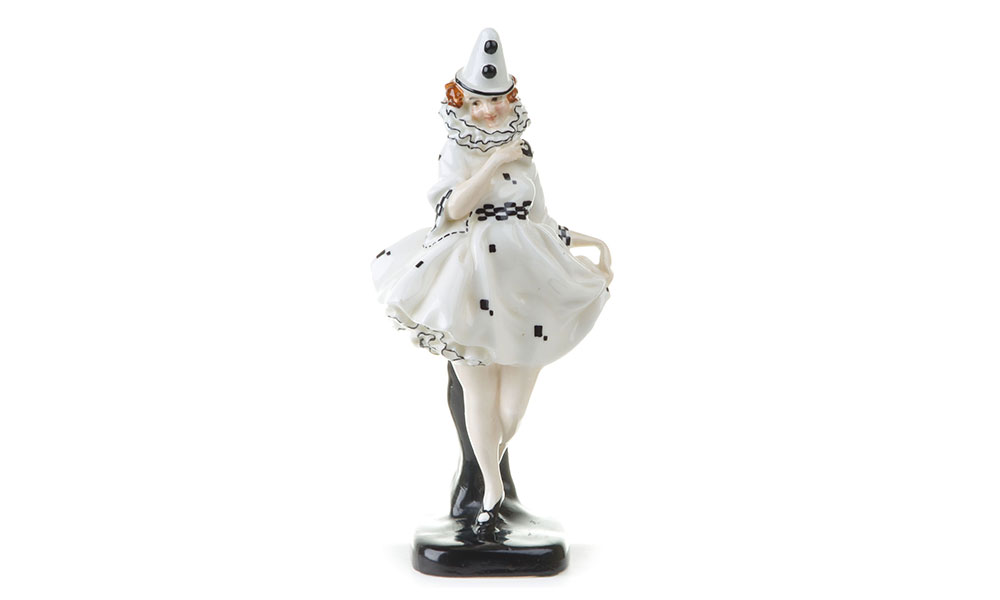
Royal Doulton Pierrette
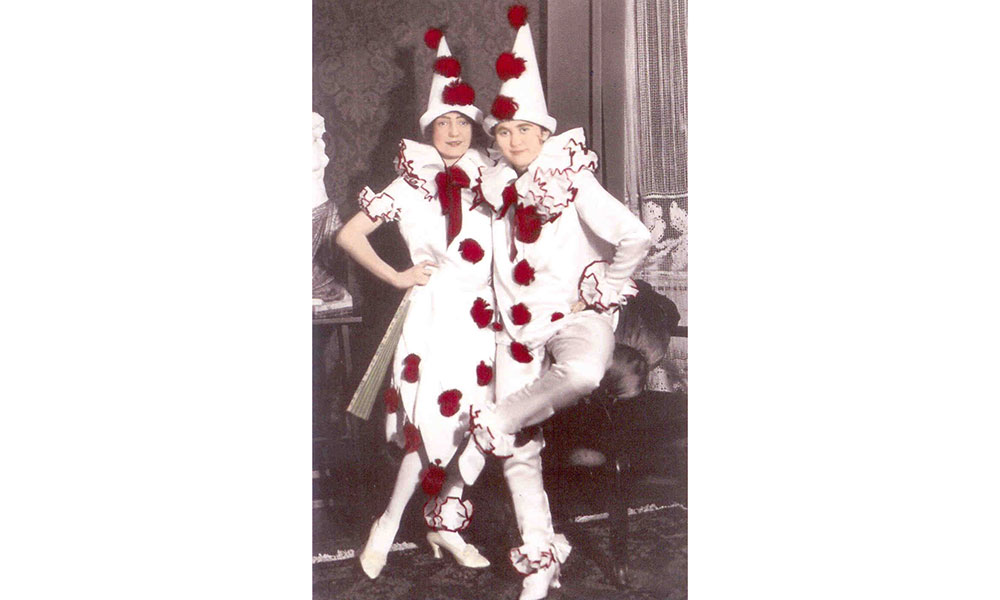
Pierrot Postcard
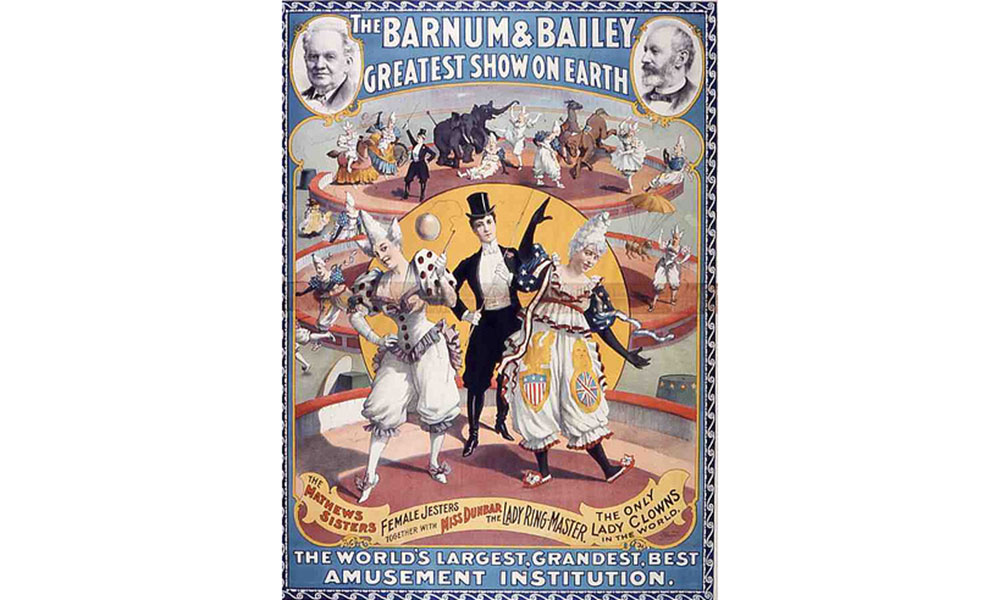
Barnum Bailey Lady Clowns
The classic white make-up is derived from the Pierrot character in the traditional Italian Commedia dell’ Arte. The museum's Art Deco gallery showcases a rare collection of Pierrot figures by European porcelain companies, such as Rosenthal and Schwarzburger. During the Roaring Twenties, men and women dressed in the white pierrot costumes for the masquerade parties of the period. Female clowns have made rare appearances throughout history, and Barnum & Bailey Circus claimed the world’s only “lady clowns” in the 1890s.
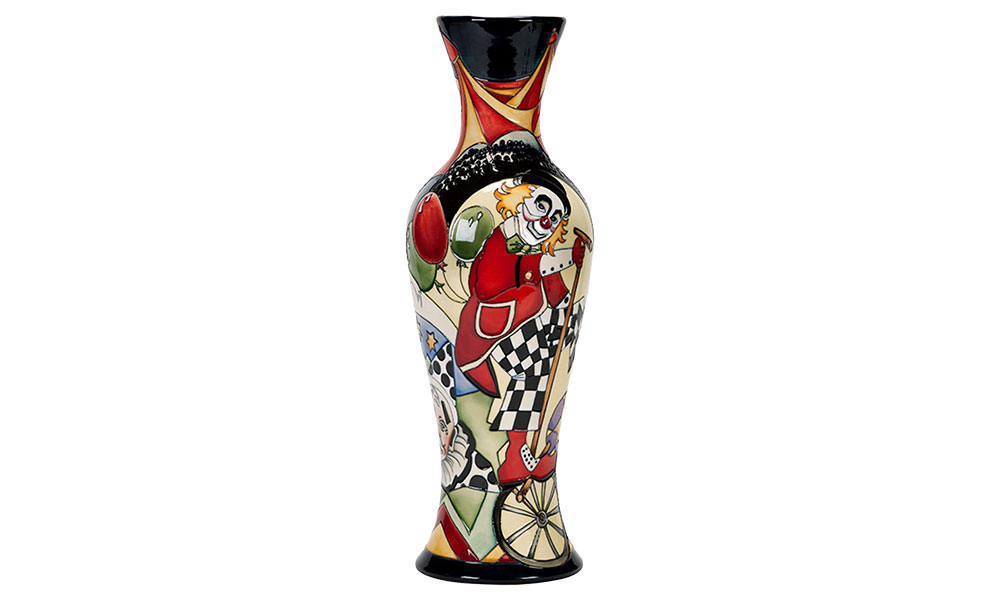
Moorcroft Clowning Around
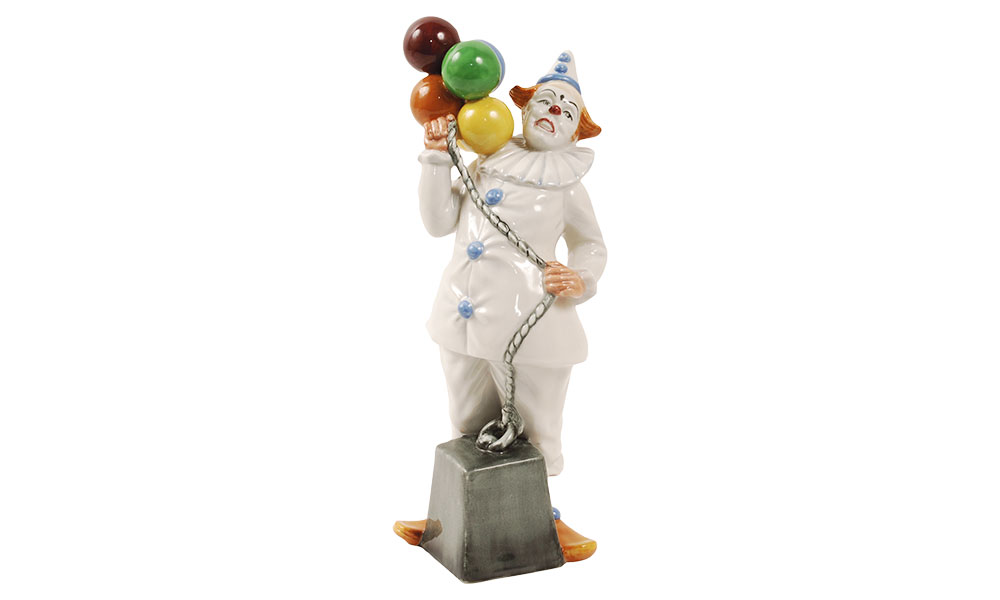
Royal Doulton Balloon Clown
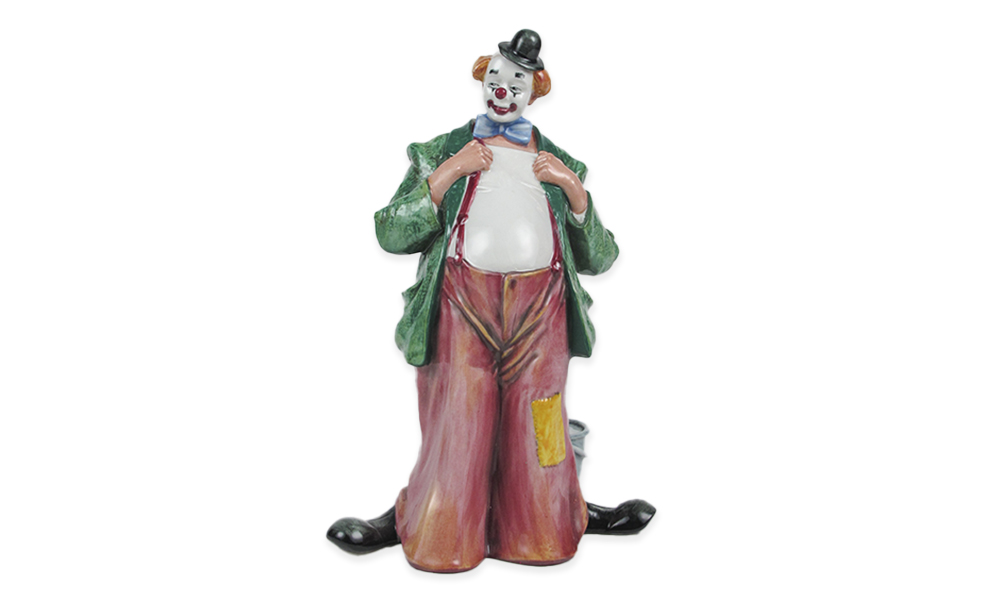
Royal Doulton Clown Prototype
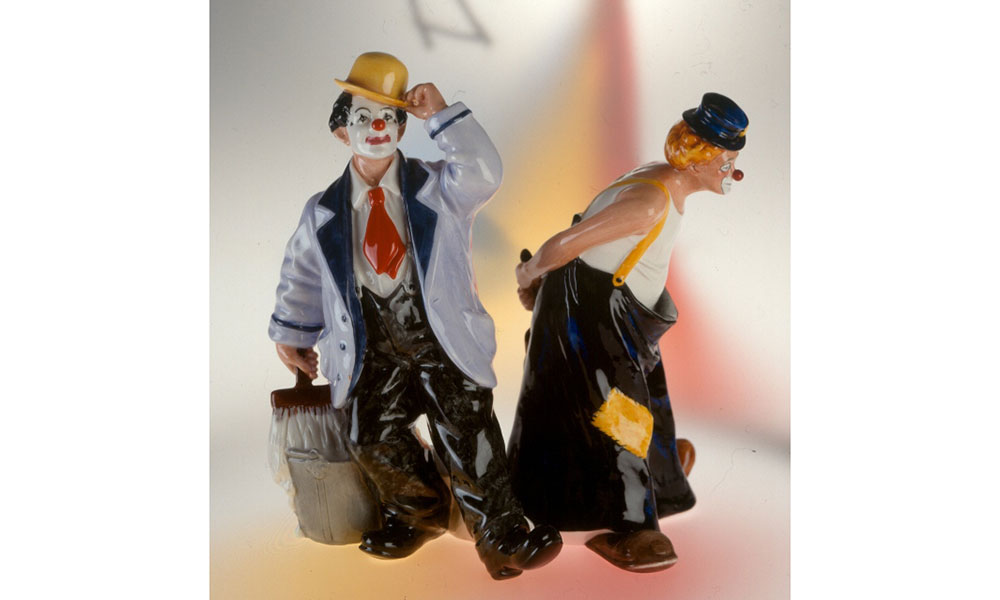
Royal Doulton Slapdash and Tip Toe
Over the years, the clown’s white greasepainted face became more grotesque with exaggerated features, including a red nose, red mouth, and bald top wig, often bright red. This buffoonish character is epitomized for many Americans by Bozo, the “world’s most famous clown”, who first appeared on television in 1949. Numerous performers have portrayed Bozo with his outlandish clothing and outsized shoes. Two Bozo-type clowns entertain the audience in Lladro’s Circus Time tableau with their tricks on a miniature bicycle.
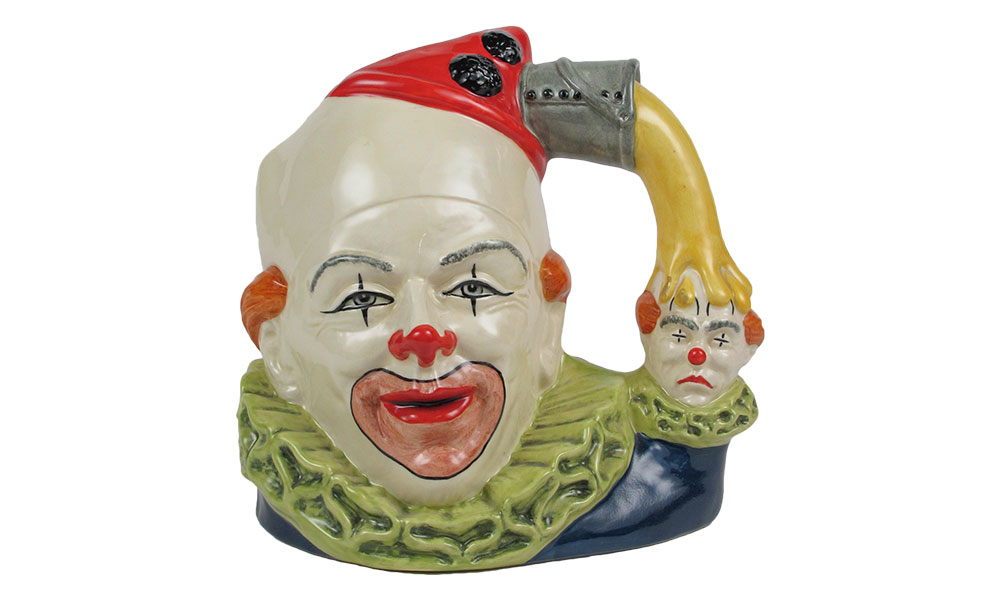
Royal Doulton Clown Prototype
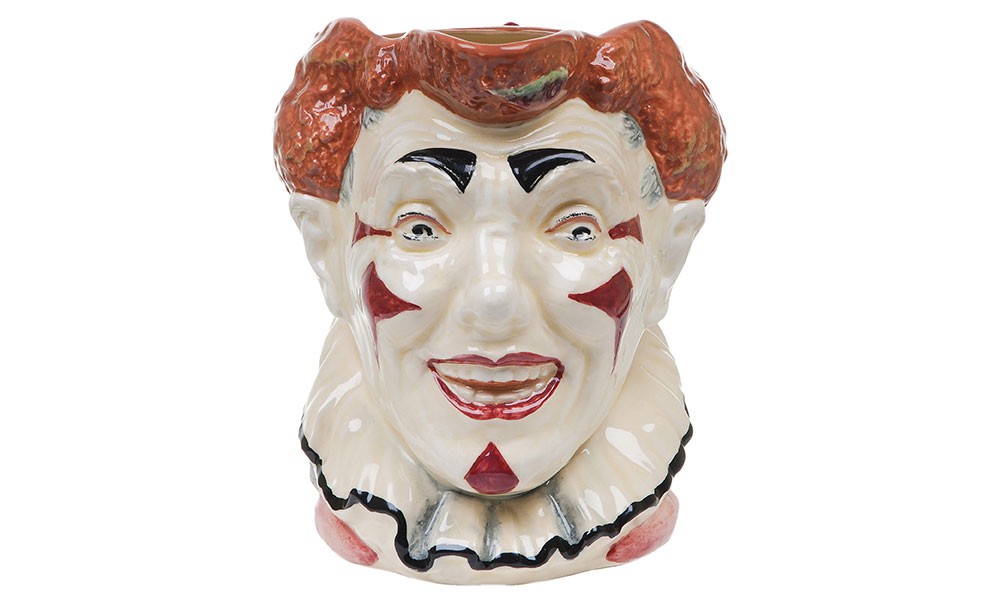
Royal Doulton Clown Character Jug
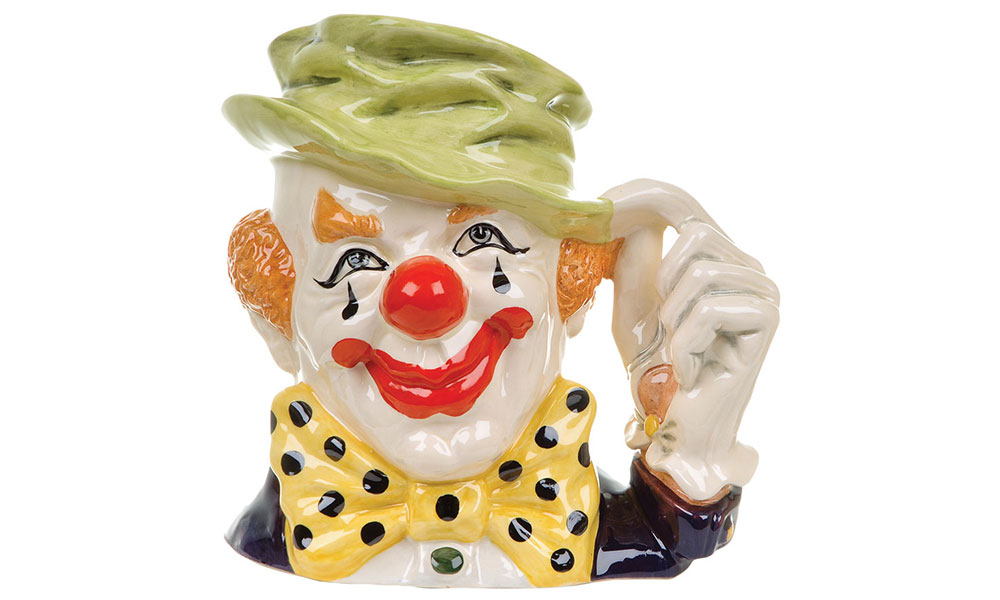
Royal Doulton Clown Character Jug
Clowns became an integral part of circus interludes, and they needed to be as skillful as the acrobats and jugglers in order to parody them. Joseph Grimaldi (1788-1837) was the most famous English clown, but he never appeared in the circus. He first appeared on the London stage as a child performer, aged 3, and expanded the role of the clown in the harlequinade that formed part of British pantomimes. He added large red triangles to his makeup, a style that was closely followed by British clowns during the next century. They are often called “Joeys” in his honor. Charles Vyse produced two striking figures of Joey-style clowns at his London studio in the 1920s.
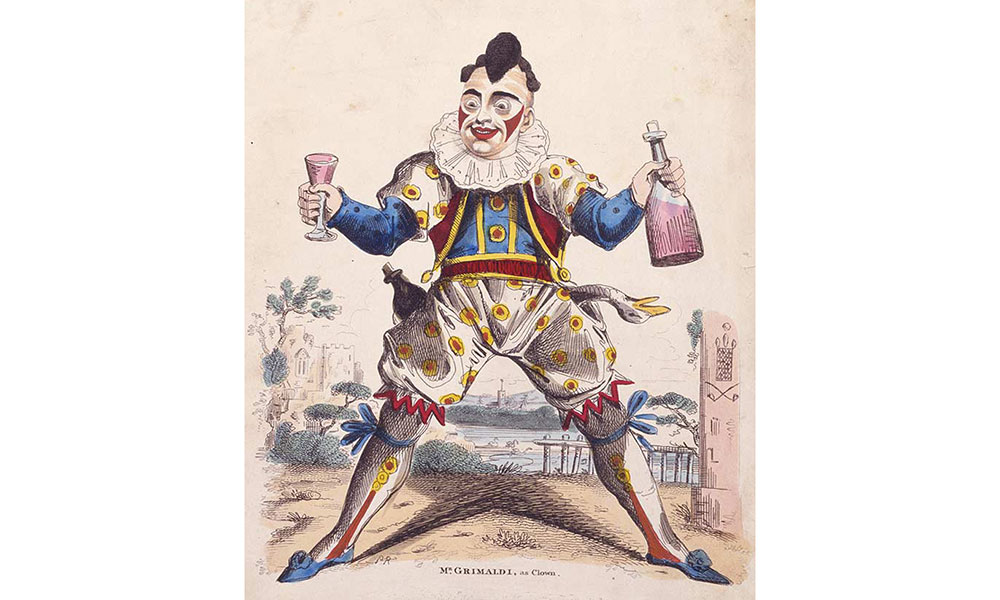
Joseph Grimaldi
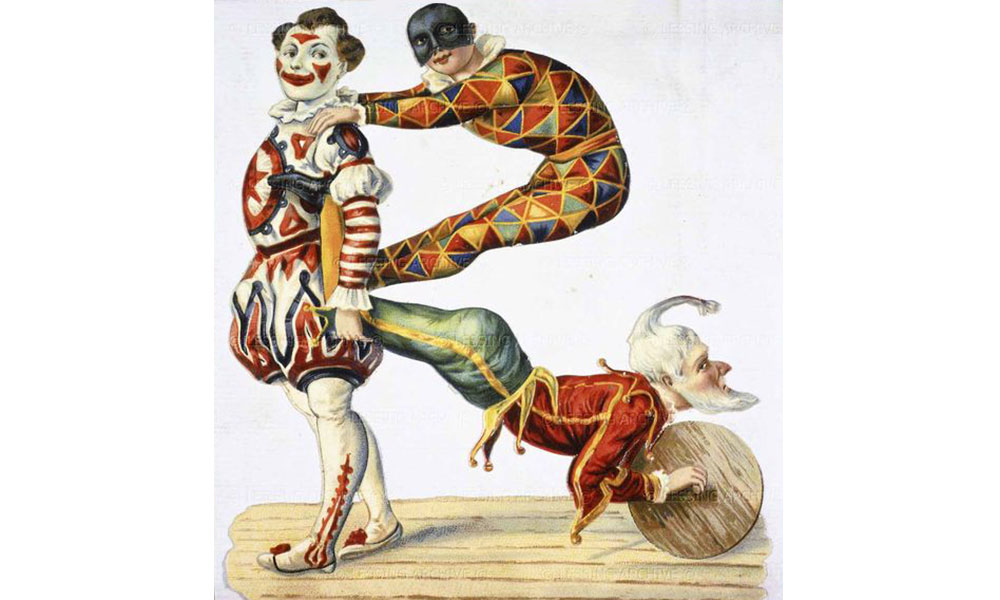
Joseph Grimaldi
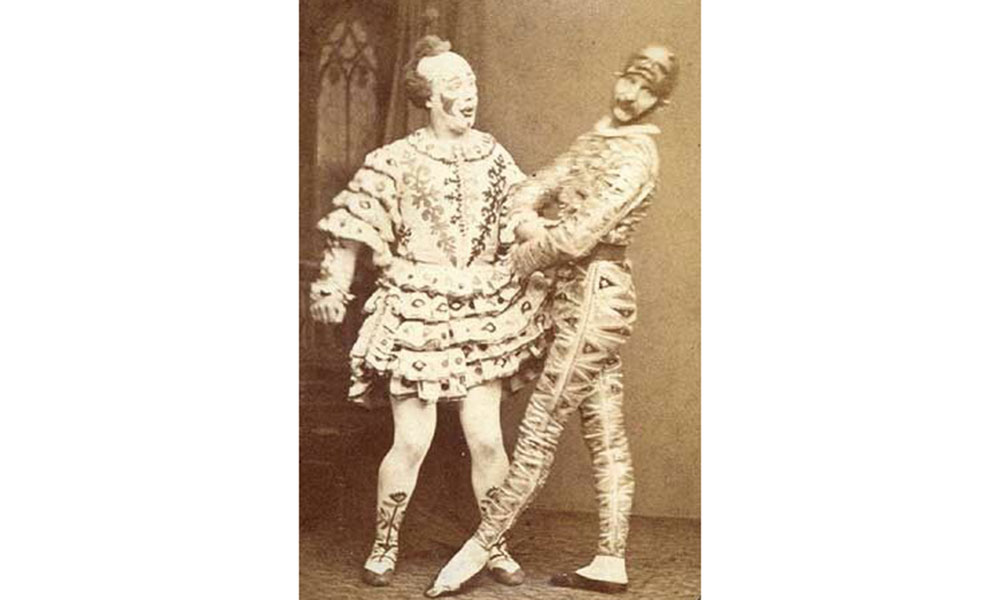
Vintage Clowns
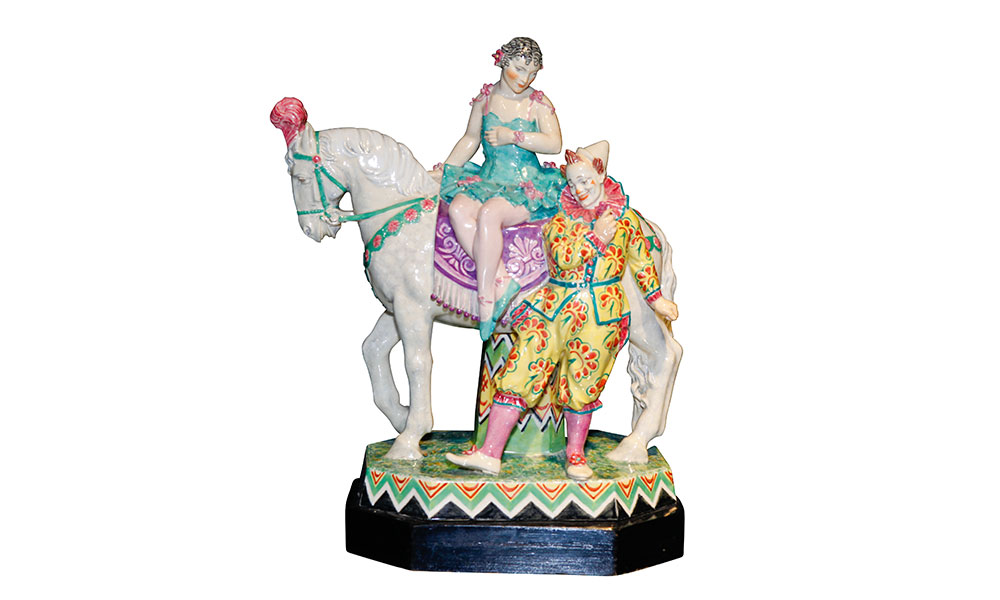
Charles Vyse Circus Time
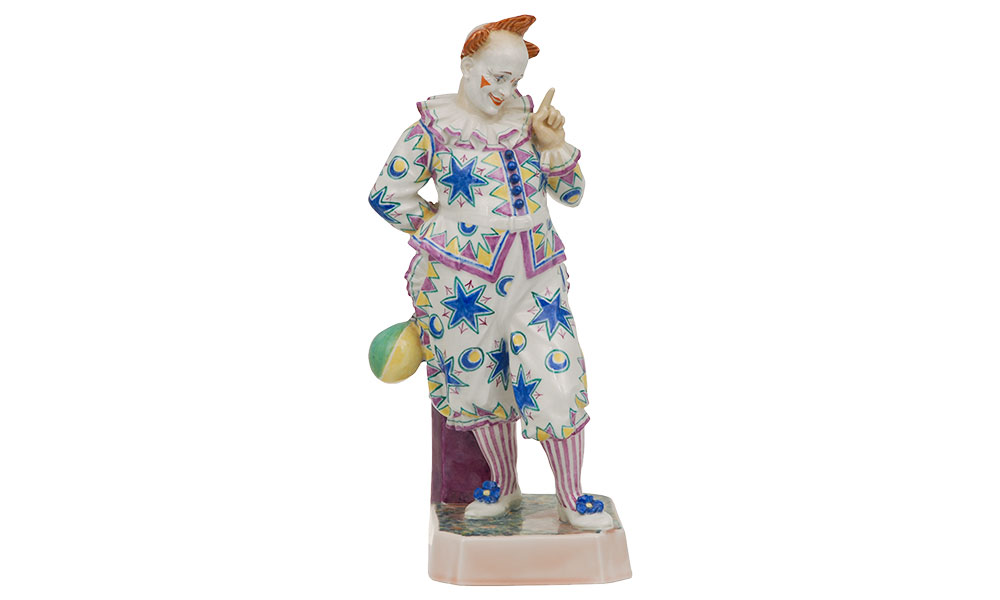
Charles Vyse Clown
The classic clown is often accompanied by an Auguste clown who is the victim of his jokes. They can’t get anything right and get pies in the face, soaked with water, and generally knocked about. The Auguste clown’s make-up is flesh-tone or red with features encircled in white and an imitation nose. Traditionally, he wears a baggy plaid suit mismatched with loud stripes or polka dots. Royal Doulton has produced several slapstick clowns for their figurine and character jug collections.
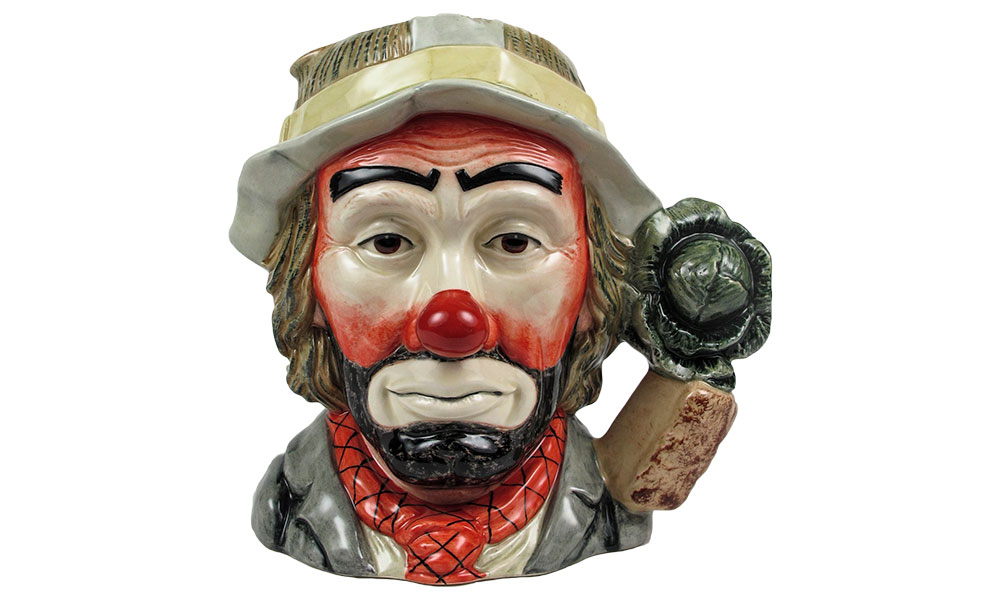
Royal Doulton Emmett Kelly Prototype
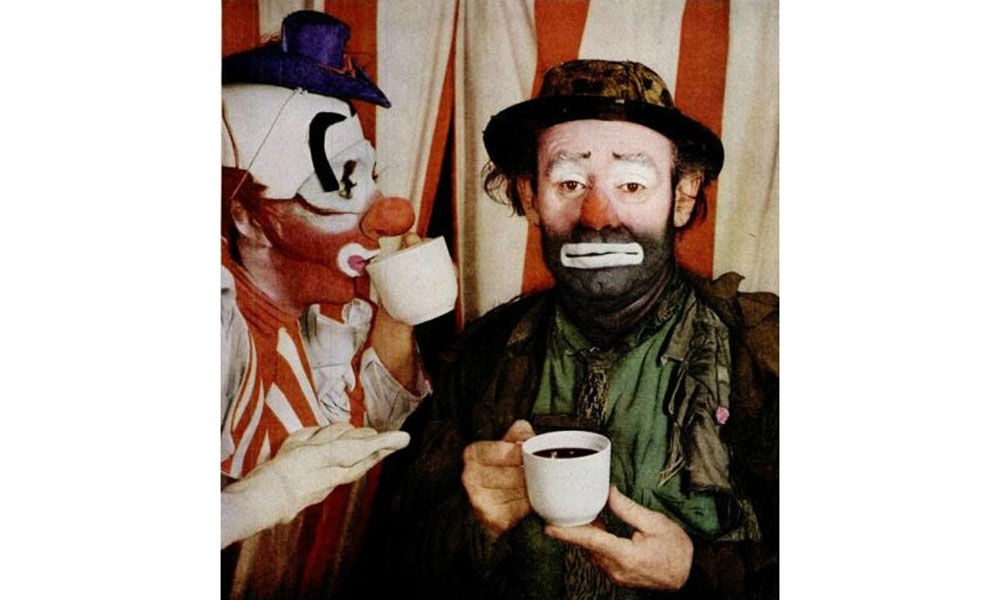
Emmett Kelly
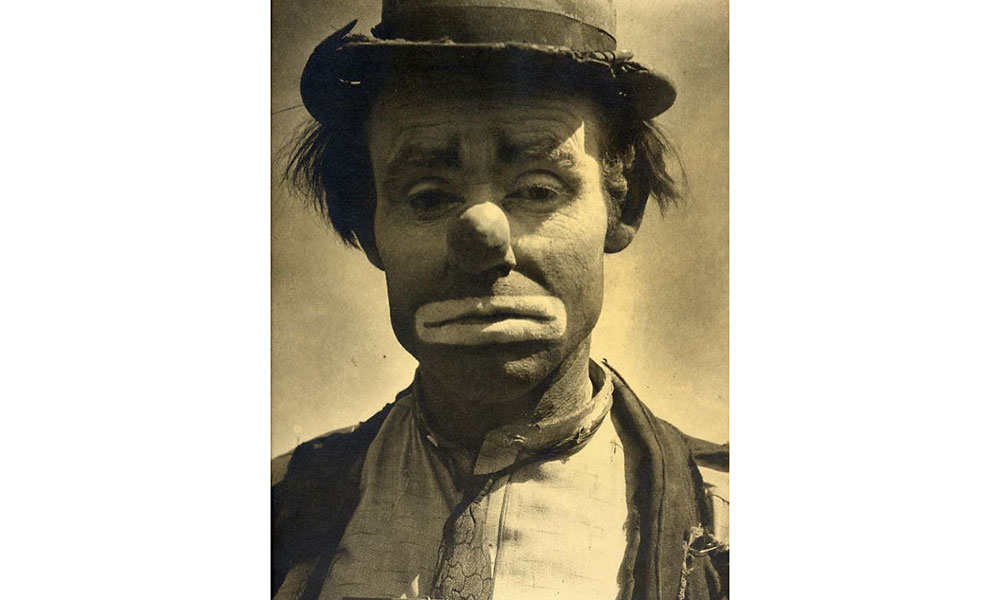
Emmett Kelly
The Tramp clown was based on homeless people in the late 19h century and their clothes are tattered and patched. Emmet Kelly was originally a Classic clown and trapeze artist, but he became internationally famous for his Wearie Willie hobo character, which he first performed in 1921. Emmet’s story was filmed for a CBS television program which was hosted by Ronald Reagan in 1955, and his subsequent TV appearances and advertising gigs during the 1960s and 70s made him the most recognizable clown in America. Royal Doulton made a tribute character jug when Kelly was inducted into the Circus Ring of Fame in 1988. It did not go into production, but the prototype is displayed at WMODA.
Read more about clowns at WMODA
A Giggle of Clowns – WMODA | Wiener Museum
Send in the Clowns – WMODA | Wiener Museum
Circus Dreams – WMODA | Wiener Museum
